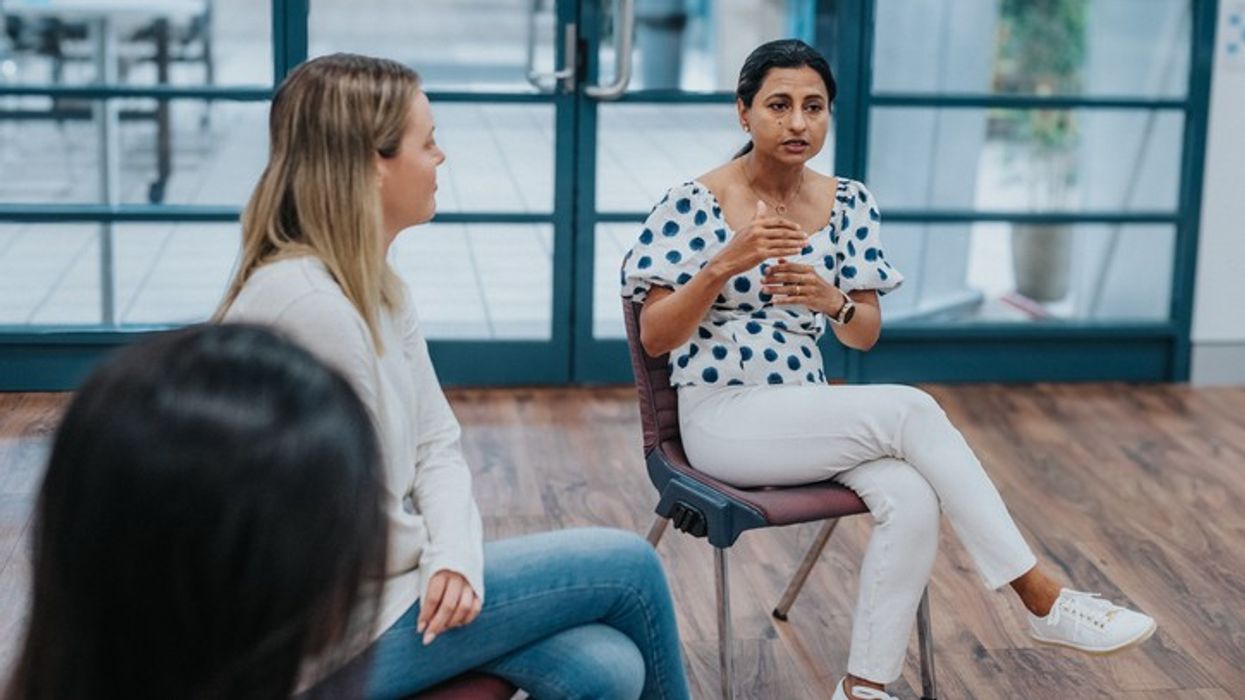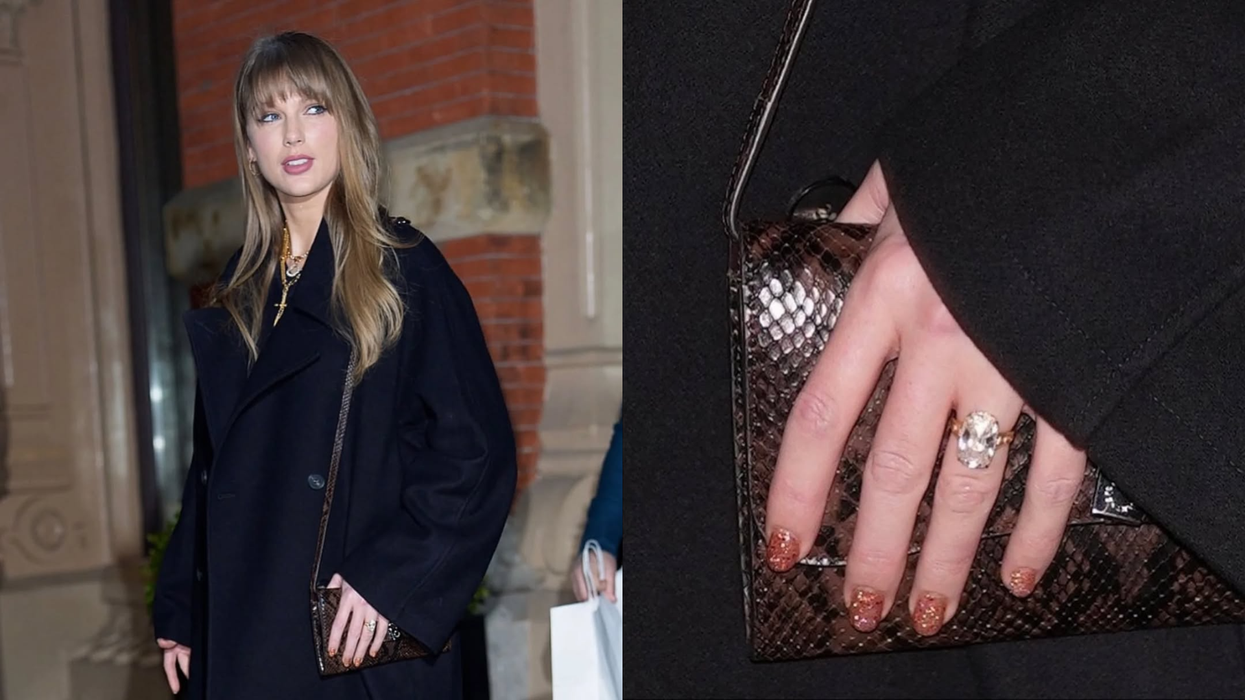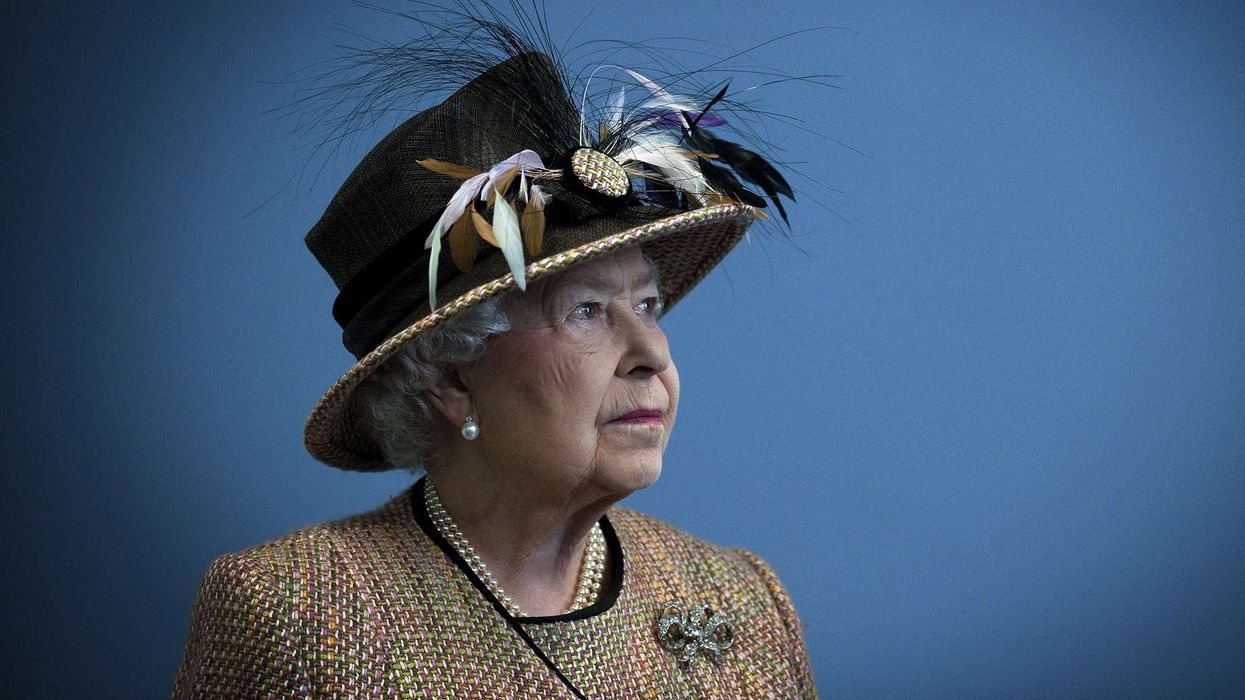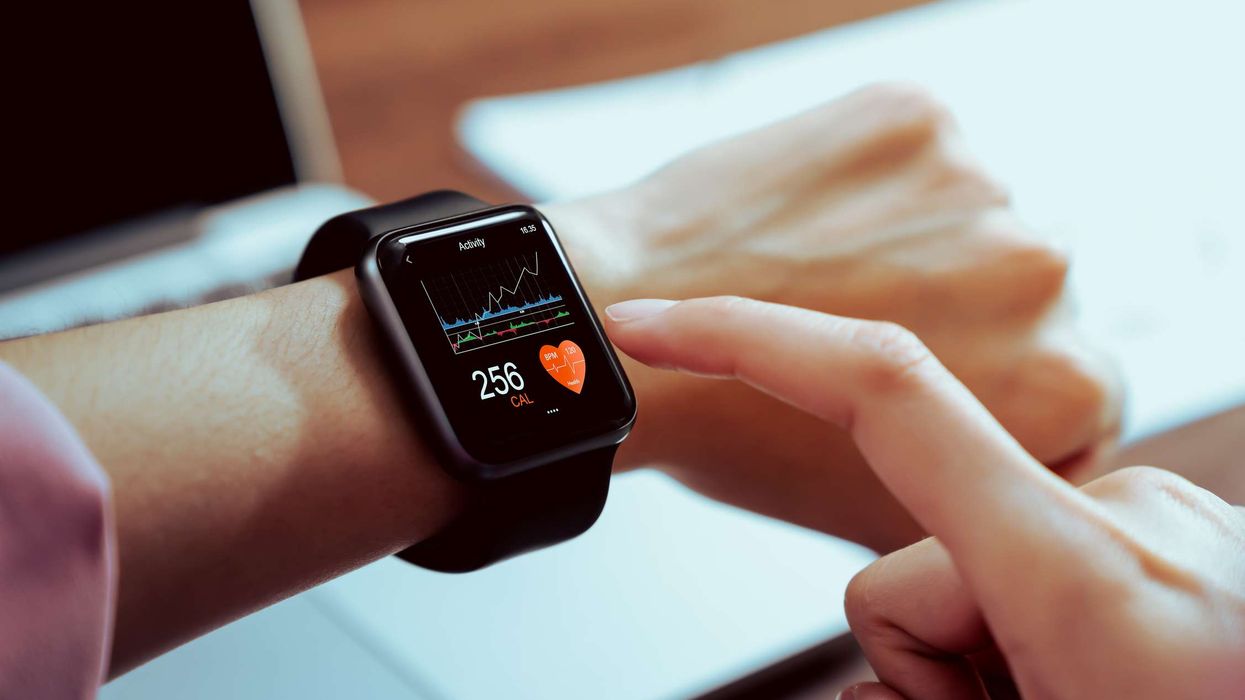A new community-led initiative has been launched in the UK to provide culturally sensitive support for South Asian women navigating midlife and menopause.
The Sattva Collective, founded by certified Midlife and Menopause Coach Kiran Singh, officially launched on 14 May 2025 as a registered Community Interest Company (CIC). It is the first initiative in the UK focused specifically on the experiences of South Asian women during what Singh describes as a “deeply personal and often stigmatised” phase of life.
“South Asian women are navigating physical, emotional, and identity shifts in silence – often without the language, space, or support to talk about it,” Singh said. “The Sattva Collective is here to change that. We are reclaiming midlife as a powerful, transformative time – and doing it together.”
The name 'Sattva' is drawn from Sanskrit, referring to clarity, balance, and inner peace – values reflected in the collective’s approach.
The organisation will offer a range of services throughout the year, including:
- Monthly community meet-ups in local cafés
- Educational workshops on hormone health, mental well-being, and cultural stigma
- An annual flagship Midlife Summit launching in January 2026
- Public awareness campaigns and digital resources
- One-to-one and group coaching sessions
Singh, who is of Indian heritage, aims to address the gaps in both mainstream and cultural conversations around menopause. According to her, many South Asian women face barriers to accessing support due to stigma, lack of awareness, and limited representation in public discourse.
The Sattva Collective is now preparing to roll out its 2025 programme and is actively seeking funding, sponsorship, and community partners to expand its reach and resources.
Describing midlife as “not a crisis, but a calling,” Singh hopes the initiative will empower more women to speak openly about their health and experiences, while building a supportive community.
Further details about upcoming events and resources will be made available through the collective’s official channels in the coming weeks.














